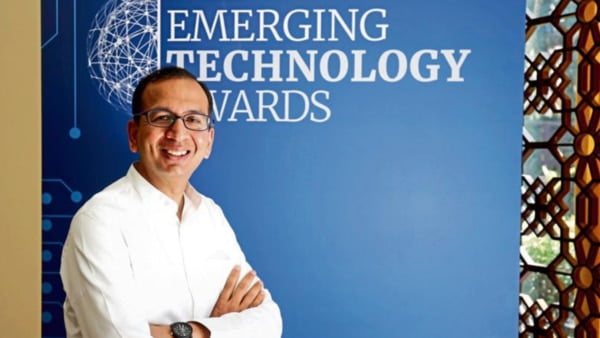_1554310687241.png)
We want to move money around the world like information moves today. We should be able to send money the way we are able to send emails and WhatsApp messages. When I say money, I mean legal money which is fully authenticated, regulated and controlled,” Navin Gupta, managing director of South Asia and the MENA (Middle East and North Africa) region for Ripple, a provider of leading enterprise blockchain solutions for payments, said at the Mint Digital Innovation Summit held in Bengaluru on 15 March. He was speaking on “Understanding Blockchain’s Impact on Payments”.
It is estimated that today the world sends more than $155 trillion across borders. Yet, the underlying infrastructure is dated and flawed. This is where Ripple with its blockchain technology connects banks, payment providers and digital asset exchanges to provide a seamless experience to send money globally. More than 200 institutions are using the blockchain technology built by Ripple to transact daily, Gupta claims. “In India, banks like Axis and Yes Bank are using our technology to process their customers’ payments anywhere in the world. We live in 40 corridors and 6 continents, besides having offices in 8 countries,” said Gupta.
Blockchain has advantages because it is open source, decentralized, reliable and trusted, Gupta said. The cost of transaction is consistent—there is no fee or timing loss and it is scalable. There are no physical assets and enterprises that leverage Ripple’s digital asset XRP (cryptocurrency used by the Ripple payment network) when sending payments on behalf of customers. Using XRP for liquidity when sending a cross-border payment helps financial institutions avoid the hassle of pre-funding accounts in destination currencies. It allows them to make faster, lower cost payments than they can through the traditional correspondent banking system. Banks can now help global companies send on-demand payments around the world without fail. There is an opportunity to “secure a greater share of cross-border payments volume”, said Gupta.
Ripple also helps bank customers send money to people in many emerging markets including Mexico, India, and Thailand to increase their share of “this large and growing market”. What’s next? “Ripple is moving beyond blockchain, and connecting networks so that we can move money across networks. Again this is open-source and lightweight so it becomes easy to transfer money across networks. So we are building the ecosystem for networks to connect with each other and in our view globalization will be completed when data, goods and money flow seamlessly. That’s the way we think of it as an internet of value when the whole world gets connected through payment systems,” Gupta said.
[“source=livemint”]





